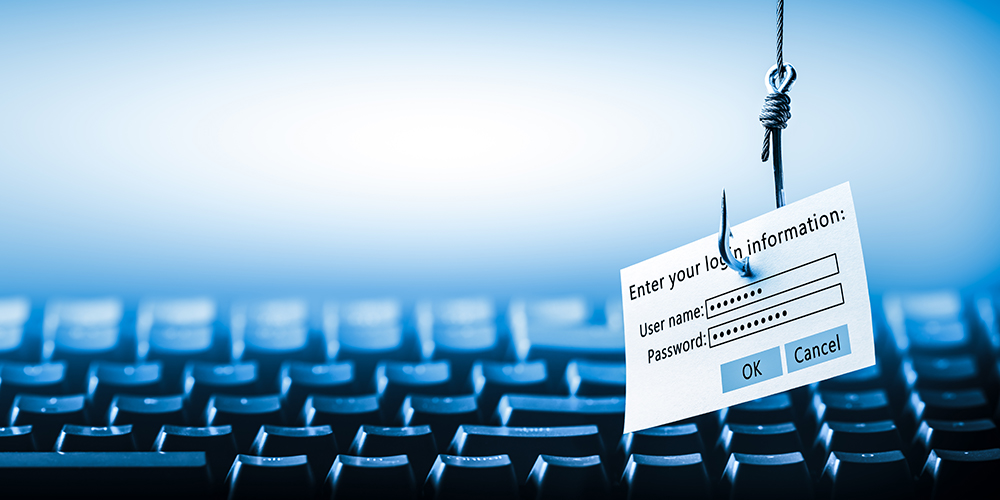
Jun 13, 2023 | SMB Technology, SMB Technology, SMB Technology, SMB Technology, Technology News
Now that Generative AI (e.g. ChatGPT) is here, phishing attacks may increase both in number and sophistication. How do businesses protect themselves? Awareness is a good first step, but gathering data using a security information and event management system (SIEM) is even better. Read on to learn how SIEM along with education and awareness training can reinforce your company’s efforts to prevent phishing attacks and resulting malware. What is SIEM? Security information and event management (SIEM) combines two separate systems to not only gather information but develop rules to help analysts understand what occurs in your company’s network. Security information management involves the gathering, monitoring and analysis of security-related information across different computer logs–including email applications. Security event management is involved in helping respond to incidents. SIEM brings the two functions together – the strong log-keeping functions of SIM with the response capabilities of SEM. The information is put together in a standard format, then aggregated and analyzed, helping IT professionals prioritize their threat response. Since SIEM can be outsourced to managed service providers (MSPs), it is possible for small to medium-sized businesses to afford it and not have to hire extra staff. SIEM and Phishing Attacks The security operations center of an average organization can receive tens of thousands of threats, and some can receive ten times more. What’s a small or medium-sized business to do? How do they know they are victims of a ransomware attack until the damage is already done? Security information and event management has the capacity to gather and analyze information about user authentication attempts, separating normal logins...
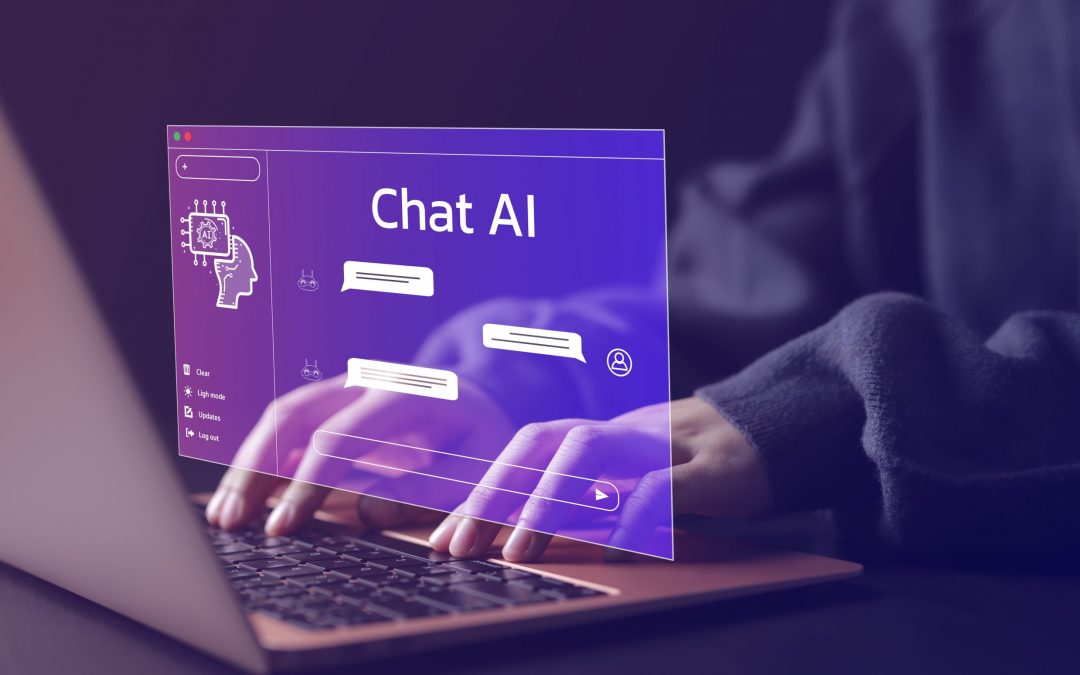
Jun 7, 2023 | SMB Technology, SMB Technology, SMB Technology, SMB Technology, Technology News
Any technology brings benefits as well as possible challenges, and Generative AI (e.g. ChatGPT) is no exception. ChatGPT is a type of artificial intelligence language model (“GPT” stands for generative pre-trained transformer) that carries potential for business uses. Whatever challenges this prevents in terms of cybersecurity will become apparent. No matter what the technology, safeguards will still revolve around people, processes and technology. Read on to learn more about ChatGPT, its potential uses, and the challenges it may bring. What ChatGPT is, and Why it Matters ChatGPT, a product from Open AI, is a Large Language Model (LLM) built on datasets from the Internet and pre-trained to give responses to questions, generate content, and make user interfaces more personal and interactive. Predictive text is already prevalent in email applications, wherein the application tries to guess the next few words or next sentence. All the user has to do is click the tab button to accept or continue typing to override the suggestion. Similarly, the artificial intelligence powering ChatGPT can help generate text by prompting the writer with suggestions based on Internet data. Organizations can save time and improve customer service, content creation, research and even automate customer service analytics. Generative artificial intelligence is the enabling technology for ChatGPT, and uses are probably limited only to the human imagination. Artificial intelligence puts together information from the Internet, but it’s up to the user to judge the content’s usefulness and accuracy. Early Adoption of ChatGPT Progresses Quickly While not yet audited for bias and accuracy, ChatGPT has still become popular, and will probably become even more so,...
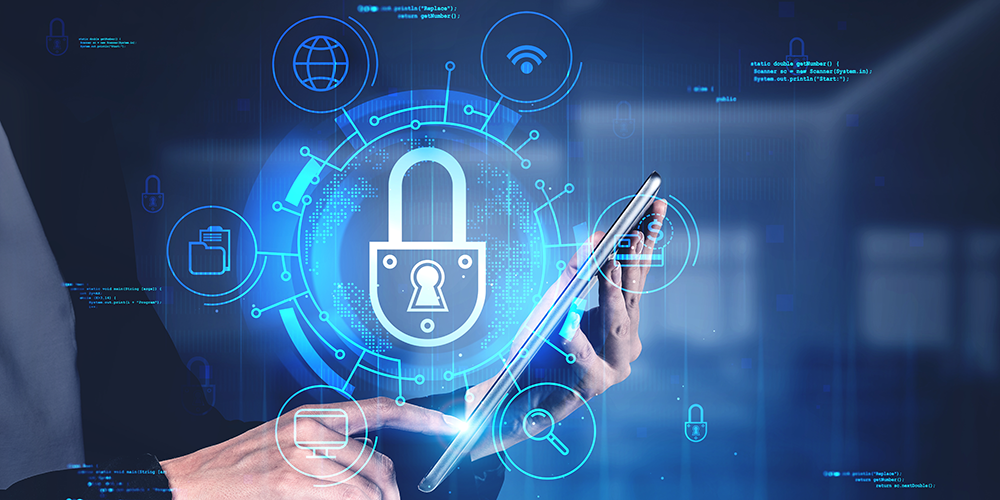
Aug 11, 2022 | SMB Technology, SMB Technology, SMB Technology, SMB Technology, Technology News
What if your business could integrate all of its communication tools (telephony, video conferencing, chat and more) over the internet? Unified Communications as a Service (UCaaS) provides cloud computing benefits on a subscription basis, and all your company needs is an Internet connection. Read on to learn more about the benefits – and cybersecurity considerations – of Unified Communications as a Service. UCaaS and its Benefits Unified Communications as a Service (UCaaS) is a way to integrate multiple modes of communication–voice telephony, video conferencing, email, chat and file sharing – without the need to maintain on-site infrastructure. In this cloud offering, the provider furnishes the infrastructure and data centers, helping clients to convert capital expense to more manageable operating expense. Users can move from one mode of communication to another and access information to serve customers more efficiently. With cloud’s scalability, resources can be provisioned as needed according to demand. Scalability allows users to be added and removed as needed. Even with little doubt about cloud’s benefits, considerations also exist. Considerations in Using UCaaS Even with numerous benefits, a company needs to consider its own network health as well as the strength of the provider’s network. Not only that, but especially the cybersecurity standards of potential providers needs evaluation. First of all, does your provider’s network have updated antivirus and anti-malware definitions, and operating system patches? Does it have sufficient bandwidth to handle high traffic volumes at peak periods of use? Does your company’s own end-user devices have protection from viruses and malware? Even more important, do potential providers have certain cybersecurity measures in place?...
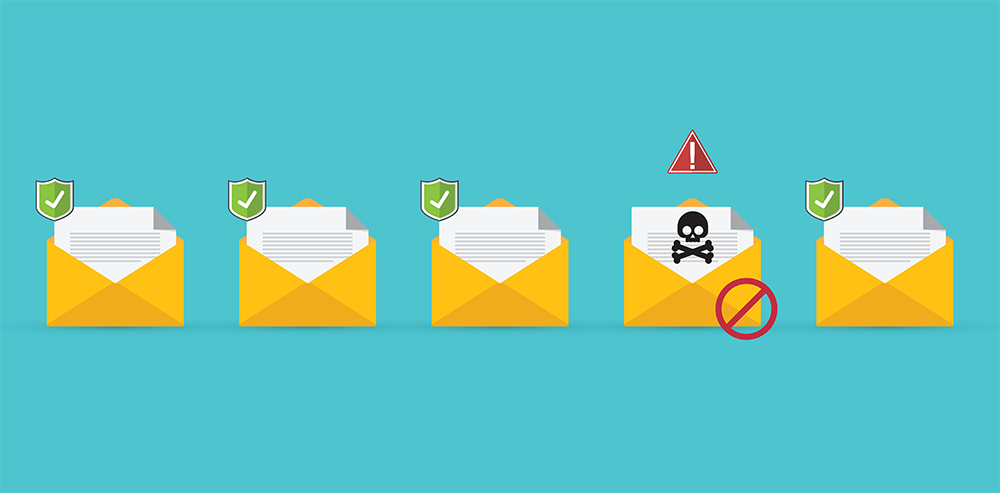
Oct 18, 2021 | SMB Technology, SMB Technology, SMB Technology, SMB Technology, Technology News
Many threats to your network abound, and often ransomware, malware and viruses enter your network through social engineering, or “phishing” emails. Read on to learn the extent of the problem and how you can keep your business from being affected by these threats. Phishing a Growing Threat Social engineering attacks, including phishing, are among the greatest threats to individual users as well as small to medium-sized businesses. Even though giants like Google and Facebook get the headlines, small to medium-sized businesses are not immune. Anyone and everyone can be a phishing target, and these attacks often come through email, something people use every day. A malicious actor sends an email (perhaps appearing to be from someone the recipient knows), trying to get confidential information like passwords or trying to insert malware in the network. According to a CompTIA State of Cybersecurity report, it can cost $1.85 million to remediate a ransomware attack. Often these attacks come through spam emails and contain dangerous links that, when clicked on, can introduce malware to your system. Spam emails, in fact, account for most of the ransomware attacks. In spite of the prevalence of phishing, many users are not aware of the risk; as many as 13.6% of recipients click on the link. How to Prevent Phishing Emails from Becoming Attacks In spite of such daunting statistics, there is good news–more awareness about the dangers of phishing scams. Many companies are consistently and systematically training their employees, and those with more than eleven campaigns per year (on average, one a month), have a low click-through rate, only 13%. This...
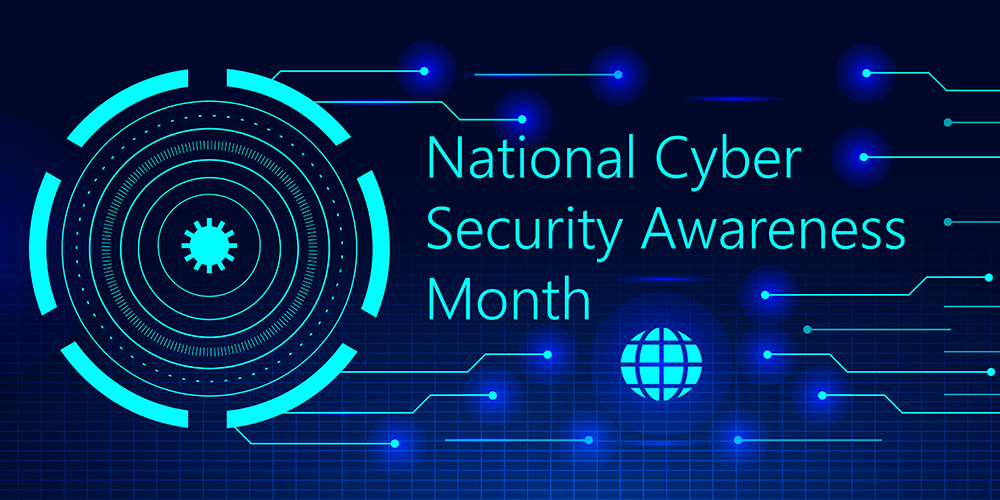
Oct 14, 2020 | SMB Technology, SMB Technology, SMB Technology, SMB Technology, Technology News
October brings to mind cool days and crisp leaves. Another hallmark of this month is cybersecurity awareness. Government and industry have collaborated to “raise awareness about the importance of cybersecurity and to ensure all businesses have the resources to be safer and more secure online.” Read on to learn how to make your business more aware of and proactive in protecting its network, data and systems from cyberattack. Take Stock of Your Network’s Health Cybersecurity awareness is always vital, not just at a particular time of year. One way to move beyond simple awareness is to take stock of your network’s health. A company’s network is only as strong as its weakest point. Do you have a map of your network, with all devices connected to it? Are there holes in your operating system where cyber criminals can get in and steal or compromise data? Do you have the most current operating system patches to prevent this? Also consider whether antivirus and antimalware definitions are current or if they need to be updated. Is your network being monitored? Remote monitoring helps you stay aware of the health of your network, and can solve small problems before they become big issues. Keeping an Eye on Cyber Threats Another aspect of cybersecurity awareness is knowing the threats to your network. From ransomware to phishing schemes, cyber criminals are keeping pace with the growth of technology, especially during these unusual times. Do your workers know what a phishing email looks like, and do they know what to do and not to do if they get one? Your workers...






